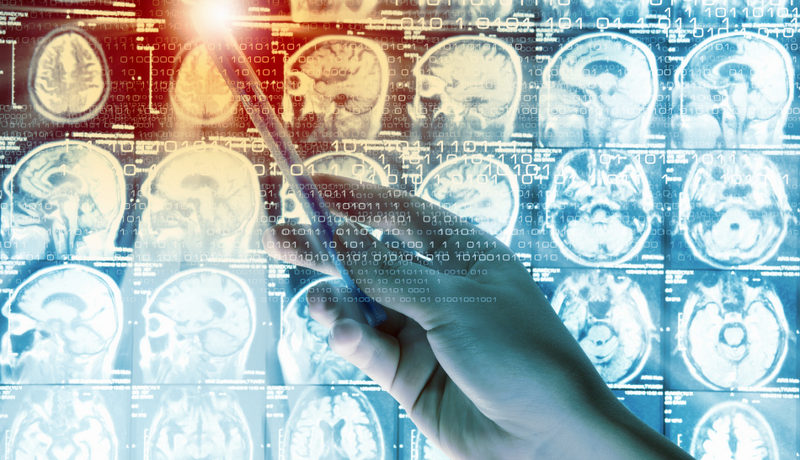The Changing Field of Radiology

In the beginning, there was the x-ray. When it was first discovered and put to medical use back in 1895, it changed the face of health care. Before doctors could see inside patients’ bodies, they identified the location of broken bones, tumors, and even bullets through guesswork – and sometimes, their guesses were wrong.
But in the years since, the humble x-ray has been eclipsed by ever faster and more in-depth tools like MRI’s, PET scans, 3-D Mammography machines, ultrasound and much more. The field of radiology has continued to change rapidly as technology evolves and grows more powerful, says Dr. Douglas Seiler, President of TRA Medical Imaging/ Medical Imaging Northwest (TRA/MINW). “Radiology is an incredibly exciting field,” says Seiler. “We can identify problems inside the body that were once un-diagnosable or required invasive procedures, and we can do it faster, more efficiently and with greater safety, reliability and accuracy than ever before.”
The company has been operating in the South Sound since the 1940’s, and currently runs twelve outpatient imaging centers and provides over 1.2 million diagnostic interpretations every year for area hospitals in the Multicare and CHI Franciscan Health Systems.
One more recent change is the ability to see beyond simple anatomy to how different systems in the body are functioning. “From nuclear medicine and PET identifying how cells work to MR imaging of neuronal activity and connections in the brain to CT for imaging dynamic blood flow/perfusion, we can now see not just what structures look like but also how they function – or don’t function correctly in the case of numerous diseases,” says Seiler.

He believes the trend will continue, with automated algorithms being used to assist radiologists in making diagnoses. However, he doesn’t think robots will be taking the place of human beings any time soon. “Because there is still a lot of clinical judgement involved in what we do, I don’t see machines replacing radiologists but rather supporting us to be even more efficient, effective and accurate.”
At TRA/MINW, technology takes the form of a highly technical and sophisticated IT infrastructure, one that Seiler says is rare. “You won’t find this level of subspecialized care at many practices in the state or even the country,” he maintains. “It means that we can put our patients’ images in front of the most qualified physicians at almost any time of the day or night.”
What was once a medical outlier has now become an indispensable part of both diagnosis and treatment of a wide spectrum of disorders, Seiler notes, which means radiologists have a bigger impact than ever on those they serve. “We can contribute profoundly to the health care system and positively affect the health and well-being of many patients.”
